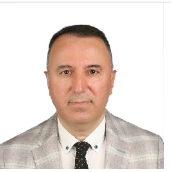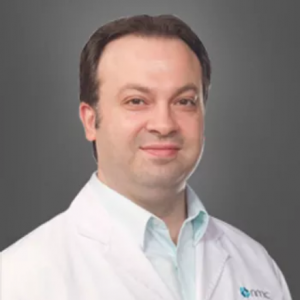Adenocarcinoma – Brain and Skull
Adenocarcinoma can happen in many places, like your colon, breasts, esophagus, lungs, pancreas, or prostate. It’s natural to feel worried when you find out you have cancer, but remember that treatments can … Read More
Top Doctors For Adenocarcinoma – Brain and Skull Treatments
Top Hospitals For Adenocarcinoma – Brain and Skull Treatments
Adenocarcinoma – Brain and Skull
Adenocarcinoma can happen in many places, like your colon, breasts, esophagus, lungs, pancreas, or prostate. It’s natural to feel worried when you find out you have cancer, but remember that treatments can slow or stop tells you that you have adenocarcinoma, which means you have a type of disease. You might need chemotherapy, radiation, targeted therapy, or surgery. You and your doctor will decide on the best approach, based on where your tumors are growing and how long you’ve had them.
Locations where Adenocarcinoma starts
Your glands make fluids that your body needs to stay moist and work well. You get adenocarcinoma when cells in the glands that line your organs grow out of control. They may spread to other places and harm healthy tissue. Adenocarcinoma can start in the following organs:
• Brain and skull
• Colon and rectum
• Breasts
• Esophagus
• Pancreas
• Prostate
Many different types of primary brain tumors exist. Each gets its name from the type of cells involved. Examples include:
Gliomas – These tumors begin in the brain or spinal cord and include astrocytomas, ependymomas, glioblastomas, oligoastrocytomas and oligodendrogliomas.
Meningiomas – A meningioma is a tumor that arises from the membranes that surround your brain and spinal cord (meninges). Most meningiomas are noncancerous.
Acoustic neuromas (schwannomas) – These are benign tumors that develop on the nerves that control balance and hearing leading from your inner ear to your brain.
Pituitary adenomas – These are mostly benign tumors that develop in the pituitary gland at the base of the brain. These tumors can affect the pituitary hormones with effects throughout the body.
Medulloblastomas – These are the most common cancerous brain tumors in children. A medulloblastoma starts in the lower back part of the brain and tends to spread through the spinal fluid. These tumors are less common in adults, but they do occur.
Germ cell tumors – Germ cell tumors may develop during childhood where the testicles or ovaries will form. But sometimes germ cell tumors affect other parts of the body, such as the brain.
Craniopharyngiomas – These rare, noncancerous tumors start near the brain’s pituitary gland, which secretes hormones that control many body functions. As the craniopharyngioma slowly grows, it can affect the pituitary gland and other structures near the brain.
Symptoms
The following symptoms may develop if adenocarcinoma develops in the skull:
• headaches
• nausea
• vomiting
• seizures
• blurred vision
• personality changes
• unusual sensations in the legs or arms
• changes in thinking
Causes
Primary brain tumors originate in the brain itself or in tissues close to it, such as in the brain-covering membranes (meninges), cranial nerves, pituitary gland or pineal gland.
Primary brain tumors begin when normal cells acquire errors (mutations) in their DNA. These mutations allow cells to grow and divide at increased rates and to continue living when healthy cells would die. The result is a mass of abnormal cells, which forms a tumor.
In adults, primary brain tumors are much less common than are secondary brain tumors, in which cancer begins elsewhere and spreads to the brain.
FAQ
What causes adenocarcinoma of brain and skull?
The adenocarcinoma is a common cancer of colon and lungs. The spread of cancerous cells from these primary sites to brain and skull causes adenocarcinoma of these sites.
What are the treatment options for adenocarcinoma of brain and skull?
Based on facts like size and shape of the tumor, the grade of tumor or whether it is putting pressure on other parts of the brain, there are treatment options like surgical removal of the tumor, chemotherapy or radiation therapy.
When are these treatments given?
For a low grade tumor only surgery is required, so that it may be removed.Even if after surgery, if some part of it remains, then radiation therapy and chemotherapy may be used. For a higher grade tumor, after surgery, both radiotherapy and chemotherapy are given.
How is this condition diagnosed?
The prominent signs of this condition include –
* Headaches.
* Seizures.
* Memory issues.
* Changes in speech and hearing.
* Vision changes.
* Nausea and vomiting.
Is this condition life threatening?
The tumor may cause pressure within the skull to increase and may also exert pressure on other parts of the brain according to its location. This can cause brain damage and can be life threatening.
What are the side effects of the treatment?
Most common side effects of the treatment are –
* Hair loss.
* Hearing loss.
* Headache.
* Loss of appetite.
* Cataracts.
* Migraine.
* nausea and vomiting.
* confusion.
* Difficulty in learning new things.
































































































